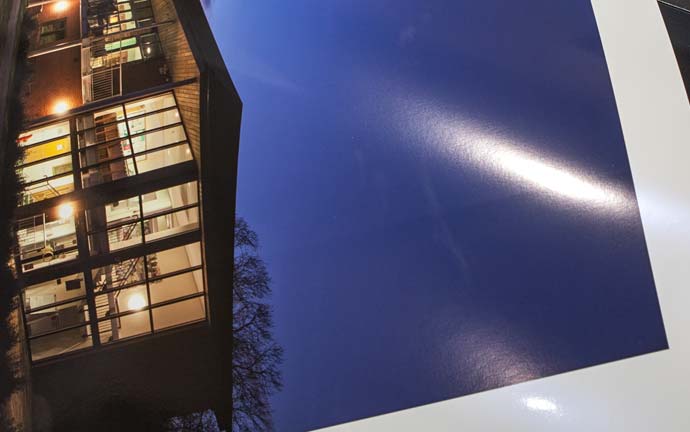Taksmon
Fan of Printing
- Joined
- Sep 22, 2016
- Messages
- 37
- Reaction score
- 29
- Points
- 50
- Location
- Hong Kong
- Printer Model
- Epson L805, SC-P600
The issue I mentioned is not about the PK/MK switch, but is about what happens when the printer stops in the middle of a print due to ink exhaustion as reported by the chip. This isn't only a problem with refillables, Keith at Northlight Images found the same issue when he reviewed the P600:Well I think according to my testing and also toolman Joe's testing as well, the remote cartridge printers such as the R3000 and P600 do not perform a purge each time a cartridge is replaced. As a result, these resetters indeed have limited functionality and are not of the same benefit as you would have say on an R2880 or SP1400 or even R1800/800. So after a reset, the printer continues as per normal. Thus you can top up cartridges even when the printer is off and it will not matter.

It's not a huge deal, but I think that managing your ink levels manually is an advantage over OEM and auto-reset only carts
The other issue with the P600 (and why I think the external waste ink catcher is a good idea) is that the printer will run cleaning cycles when it sees fit to. This doesn't seem to be related to idle time like for Canons, but on some other factors. Mark at Aardenburg Imaging called them "stealth cleaning cycles" and found that they subsided after some time, but for me the P600 runs a short cleaning cycle every so often, maybe after every 5 or 6 13x19s. It even ran a cleaning cycle during one of the MK/PK switches. This creates more waste ink than I expected, so I'm happy to have purchased that waste ink kit.
